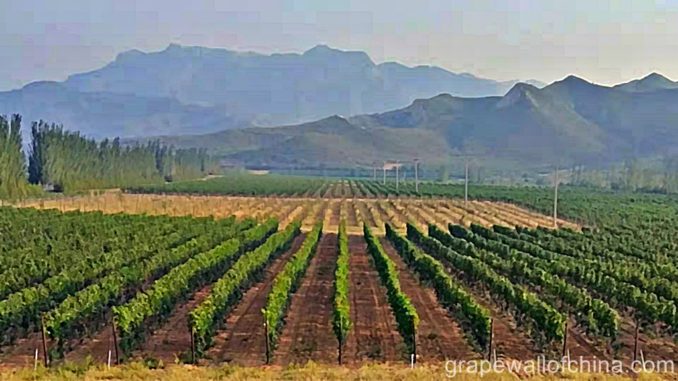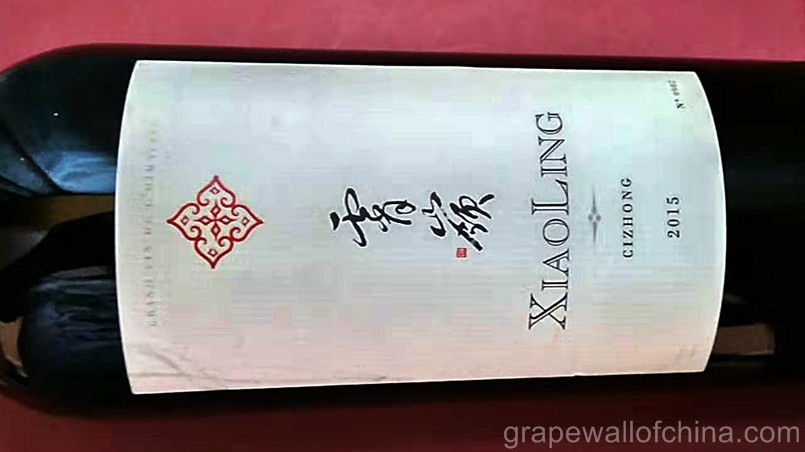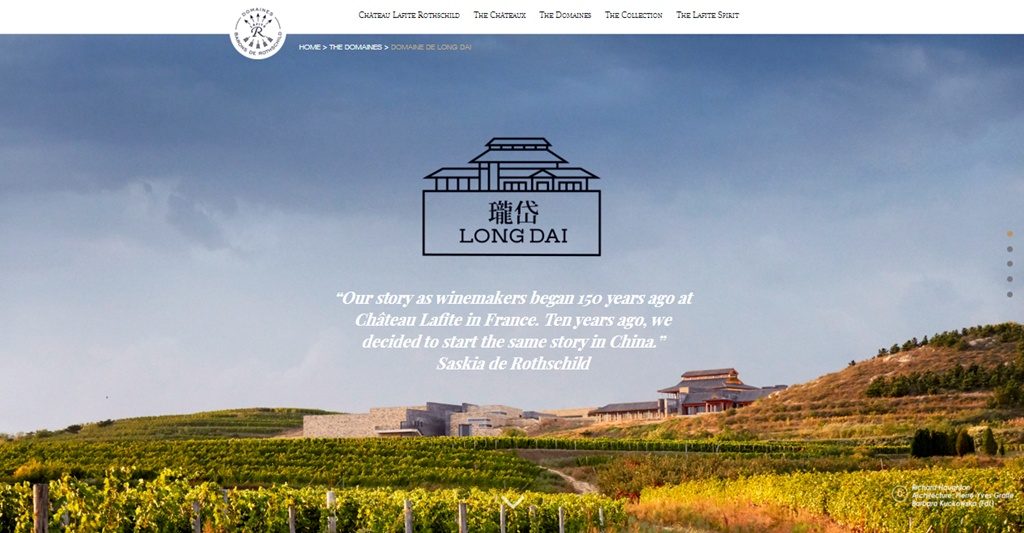
Much of the Chinese wine hype has focused northwest during the past decade while the east and south have seen the rise of intriguing labels. In fact, you could argue the top five Chinese wineries will soon hail from provinces earlier dismissed, such as Shandong (too humid!), Hebei (too inconsistent!) and Yunnan (too far south!).

DFC. Domaine Franco-Chinois in Hebei province, just beyond Beijing, got its start in 1999 as a joint project by the governments of France and China. DFC has seriously old vines, by Chinese standards, and makes seriously good wines, with the Marselan and late harvest Petit Manseng particular gems. These will finally be going on the market: it’s been a long wait.

Canaan. The sibling of DFC, its Cabernet ranks among the best Chinese wines I’ve tried. Canaan, not to be confused with Kanaan in the Ningxia region, has a nice range of grapes, from Merlot and Syrah to Riesling and Gewurtztraminer, spread over several plots in Hebei. Starting this harvest, production is being boosted to a million bottles, meaning you’ll see more of these wines during the next year. I visited Canaan and DFC yesterday and will have a separate post about that.

Ao Yun. This LVMH operation offsets a latitude far south of beloved Bordeaux’s with an altitude that allows for fine wine. Unlike much of north China, there is no need here to bury vines for the winter. The wine so far has earned much praise and deemed by some as the country’s best. The views from the winery are spectacular, too.

Xiao Ling. While it doesn’t get as much media attention as Ao Yun, the Cabernet-Merlot-Carmenere wine from this Yunnan operation does get rave reviews from many trade members. Like Ao Yun, it’s found more than 2,000 meters high in the mountains.

Long Dai. Lafite’s operation in Shandong, established a decade ago, is releasing its first commercial wines, this month. While Shandong was long seen as too monsoon-y for fine wine, Lafite has used some hard-won lessons to manage this environment, including extended growing seasons.
Most of these wines are produced in relatively small qualities. And DFC, Kanaan and Long Dai will all be entering the market at relatively high prices, which makes them a tough buy for consumers. But based on quality alone, they are all contenders for the top tier of Chinese wines.
And this far from exhausts the candidates. Grace Vineyard in Shanxi province has long been a market leader, both in terms of quality and value, with its reserve sparkling and Tasya series wine as standouts. The Marselan made by Excelsis in Shandong and Hebei are exciting. Amethyst in Huailai, neighbor to some of Canaan’s vines, is doing intriguing things: it ranks among the few vineyards with Tempranillo. Meanwhile, in the same region, SunGod is making delicious bubbly.
This doesn’t take away from what other regions are doing but simply underscores how quality is increasing across the country, including places that are regaining luster, such as Hebei and Shandong. Even better, should these wineries get decent tasting programs launched, they are within easy distance of a huge number of consumers.
More soon on yesterday’s visit to Kanaan and DFC.
Sign up for the Grape Wall newsletter here. Follow Grape Wall on LinkedIn, Instagram, Facebook and Twitter. And see my sibling sites World Marselan Day, World Baijiu Day and Beijing Boyce. Grape Wall has no advertisers, so if you find the content useful, please help cover the costs via PayPal, WeChat or Alipay. Contact Grape Wall via grapewallofchina (at) gmail.com.
Leave a Reply
You must be logged in to post a comment.